-
Content count
1,601 -
Joined
-
Last visited
-
Days Won
3
Posts posted by ghostrider883
-
-
-
On 1/20/2023 at 9:49 PM, PeacePuma said:So would versions of the SU-30 IAF and Angola be correct based on the UB Torno model?
 mmmm there I see a new mod
mmmm there I see a new mod
No. The Su--27UB has it's IRST on the centre, while on the Su-30 series, it is offset to starboard
-
 1
1
-
-
On 12/4/2022 at 3:04 PM, Svetlin said:Nose gear is different too - single wheel on the Su-27UB and 2 wheels on the Su-30.
The number of pylons under the wings is also different - Su-27UB does not have the innermost pylons (see the picture below, the innermost pylons in the Su-30 drawing are loaded with red Kh-29 missiles):
Not entirely true. The early Indian AF Su-30s( Su-30K/MK) , like the Su-27UB ad a a single wheel on the nose gear and three weapon stations on each wing. These early Indian Su-30s in the mid-2000s were bought back by Russia and the squadron that flew them converted to Su-30MKIs.
These ex-IAF SU-30K/MKs were upgraded to Su-30KN standards and most of them are now in service with the Angolan Air Force.
Diecast model of an IAF Su-30MK in my collection & three weapon stations on each wing
-
 4
4
-
-
-
-
-
13 hours ago, EricJ said:Updated, awaiting approval
Thanks Eric. Much Appreciated.
-
 1
1
-
-
-
-
-
-
-
No matter what they designate it, it still remains an F-16.Chances of it being selected a negligible.
Among the jets in fray, the only realistic contenders are the Rafale and the F/A-18E/F. The IAF will be receiving its first of 36 Rafales from France later this year. Chances are the IAF will be acquiring some 20 odd mothballed MiG-29s, upgraded to IAF's MiG-29UPG from Russia.
-
The journey from Tejas's first flying prototype KH-2001 to LA-5001 took three days short of 15 and half years. Proud day for us Indians!!! After the HF-24 Marut, the Tejas is the first Indian fighter to enter squadron service.
The country witnessed today a fine aerobatic display of LA-5001 by the CO,Group Captain Madhav Rangachari,on the eve of the squadron formation ceremony.
The indigenously-built Light Combat Aircraft (LCA) Tejas joined the Indian Air Force (IAF) in Bengaluru on Friday.
The LCA, that was christened Tejas (radiance in Sanskrit) by then Prime Minister Atal Bihari Vajpayee, would replace the ageing MiG-21s in the IAF’s fleet.
At the induction ceremony in Bengaluru’s Aircraft System Testing Establishment, Air Marshal Jasbir Walia, Air Officer Commanding-in-Chief Southern Command, handed over two Tejas fighters (LA-5001 & LA-5002) to No. 45 Squadron “Flying Daggers.’’ This squadron was formed in 1957 and took part in the 1965 and 1971 wars with Pakistan. The squadron's MiG-21bis were involved in shooting down an intruding Pakistan Navy Atlantique in 1999.
Sporting the IAF’s colours, the single-engine aircraft soared to the sky marking the raising of the first squadron of Tejas in the IAF at a ceremony preceded by inter-faith prayers.
The first Tejas aircraft, the smallest and lightest of its class, was flown by Commanding Officer Group Captain Madhav Rangachari for a sortie for about seven minutes at the induction ceremony. It was given water cannon salute on landing.
Prime Minister Narendra Modi termed the induction of Tejas as a matter of “unparalleled pride and happiness.”
The Flying Daggers, the first squadron of the Tejas indigenous light combat aircraft, which currently comprises two jets, will touch its full strength of 20 by 2018.Though it has been inducted, the Tejas is not completely combat-ready. It is equipped with close combat air-to-air missiles, helmet-mounted display and precision-guided bombs. The final version (Mk.1A) will incorporate beyond visual range (BVR) missiles, improved stand-off weapons, and mid-air refuelling capability. IAF also wants an active electronically scanned array radar and advanced electronic warfare suite. The Air Force will begin to get the Tejas it really wants only by 2020.Group Captain Madhav Rangachari, the first commanding officer of the Tejas squadron, completed the first 20-minute flight after Tejas was inducted. The squadron will have seven officers, 42 air warriors and 20 non-commissioned officers to begin with.The Flying Daggers will remain in Bengaluru for about two years before moving to its permanent base in Sulur in Tamil Nadu's Coimbatore district in 2018. HAL is expected to deliver the next two aircraft in the next few months and three more by mid-2017.Air Marshal Walia said: "It is our aircraft and we will get more of it. The final operational clearance (FOC) is expected in March 2017 and by 2018-end we should have 20 aircraft (including four trainers) as part of the squadron, when it goes to Sulur."-
 6
6
-
-
The Sea Harrier is an aircraft rapidly vanishing from armed service the world over. The Indian Navy purchased thirty of them back in the early 1980s, but only 11 remain. The decision to retire the type was based on India’s purchase of MiG-29Ks from Russia, which it will use to operate from the country’s aircraft carrier, the INS Viraat. That’s an interesting notion, as the Viraat itself is slated to be retired by the end of the year.
https://fightersweep.com/4826/sea-harrier-retires-indian-navy/
No.300 Sqdn, the SHAR sqdn, will re-form on MiG-29K/KUBs, making it the second IN MiG-29 sqdn after 303 Sqdn (which already operates from INS VIkramaditya). The Navy will thus have two fighter squadrons for the first time in its history - "White Tigers"[300] & "Black Panthers"[303]
The INS Viraat is not big enough to operate the MiG-29Ks nor is it capable of arrested recovery. The ship is on its farewell tour of major Indian ports(without its air wing) before decommissioning. The author probably meant the INS Vikramaditya and not Viraat.
Counter to what the article says, the IN Harriers did get an upgrade (Limited Upgrade Sea Harrier - LUSH), though it was scaled back somewhat from initial upgrade plan, which itself was worked out after the Poms got pissy at India (think it might have been the nuclear tests in the late-90s) and refused to sell them the FA.2s.
From what I recall, the negotiations were on back in 2005 or 2006 and the sales failure wasn't related to the nuclear tests.At the time, India was already planning to upgrade its existing FRS.51 SHARs with EL/M-2032 Radar, Derby BVR missiles and locally made EW gear. The UK made it clear, from the start, that under their contract with the US, they couldn't sell the AIM-120s, & Blue Vixen Radar was not for export. The aircraft were offered without radars, ready for refitting with EL/M-2032. I presume the British negotiators thought that India would be happy to have a fleet of SHARs all with the same radar & missiles.After months of negotiations, India decided not to buy them, citing as the reason that AIM-120 & Blue Vixen weren't included.-
 1
1
-
-
-
-
-
IAF helicopter gunships went into action to support the ground forces in flushing out Pakistani terrorists that sneaked into Pathankot Air Force Station, barely 30 kms from the Indo-Pak border. These scumbags were in a hurry to meet their maker and the Indian forces made sure to arrange that meeting.
Sadly, seven brave men of our armed forces died hunting those Pakistani animals. Today, our grateful nation bids a tearful farewell to these brave hearts for their ultimate sacrifice in the line of duty.
1. Lt. Col. Niranjan E K, National Security Guards
Lt Col Niranjan E. Kumar of the National Security Guard was killed this morning during combing operations at the Pathankot air base today.
Was a brilliant officer from the NSG's bomb disposal unit, trained recently also by the FBI. He joined the Indian Army in 2004 and demonstrated great proficiency with explosives in ordnance disposal ops while deployed in Jharkhand.Is survived by his wife Radhika and an 18-month-old daughter, his Bengaluru-based father and brother Sarath, a serving officer with the Indian Air Force. The commando officer's mortal remains were flown to Bengaluru today. His last rites will be conducted in Palakkad, Kerala where he traces his origins.Niranjan had been promoted to Lieutenant Colonel three months ago.2. Corporal Gursevak Singh, Indian AF "Garuds" (SF)
Married barely two months ago, Garud commando Gursevak Singh had joined duty a week ago and the family Garnala village of Haryana's Ambala district was, in fact, looking forward to his next holiday. Singh, who was hit in the initial burst of gunfire at Pathankot airbase on Saturday, kept fighting even after being hit, but died of his injuries before medical help could arrive. Singh's father is an ex-serviceman while his elder brother is in the Army too.3. Constable Sanjeevan Singh Rana, Defence Security Corps
Constable in the Defence Security Corps (DSC) Sanjeevan Singh Rana, 50, of Siyunh village in Shahpur of Kangra district, died after he was injured critically. He had retired from the Dogra Regiment in 2007 and joined the DSC. He was transferred to the Pathankot air base from Jammu two years ago.
4. Captain (Hon) Fateh Singh,Defence Security Corps
Fateh Singh was an ace shooter, who retired from the Army in 2009 and joined DSC. "My brother died a hero's death, like a true soldier. I want to make a memorial for him in the village," Surjit told TOI. Fateh is survived by wife Shoba Rani, two sons and a daughter. One of the sons, Gurdeep Rana, is also serving in the Army. Remembered fondly by his colleagues as “an inspiration” for his skills with the rifle, Singh was a Commonwealth champion shooter, having won multiple medals for the country during the Commonwealth Shooting Championships held in Delhi in 1995.He had won gold in the Big Bore Rifle Three Position and silver in Big Bore Rifle Prone Position.5. Constable Kulwant Singh, Defence Security Corps
Hawaldar Kulwant Singh had never been posted in Punjab, his home state, during his 30 years of service on in the Indian Army and Defence Security Corps (DSC).But just two months before his death in the Pathankot air base attack on Saturday, he had finally got the chance to stay with his family.6. Constable Jagdish SIngh, Defence Security Corps
Constable Jagdish Singh was a cook and was among those in the Defence Security Corps canteen when the assailants began spraying bullets inside the building. Jagdish grappled with one of the terrorists, snatched the AK-47 rifle from his hands and killed him with it, J S Dhamoon, air officer commanding, Pathankot, revealed on Sunday. "Unfortunately, our martyr was killed by another jihadi at the same minute," said Damoon.
7. Constable Mohit Chand, Defence Security Corps
Till we have such brave men in our armed forces, evil designs of our neighboring enemies will never succeed.Sincere Respects and Salute to their dedication, courage and selflessness. RIP.

-
Thanks a million!!!!!


-
-
-
CH-47F model , which beat the Mi-26T2.
PHILADELPHIA, Sept. 29, 2015 – The India Ministry of Defence has finalized its order with Boeing [NYSE: BA] for production, training and support of Apache and Chinook helicopters that will greatly enhance India’s capabilities across a range of military and humanitarian missions.
India will receive 22 AH-64E Apache attack helicopters and 15 CH-47F Chinook heavy-lift helicopters. Both are the newest models of those aircraft.
“This is a milestone in Boeing’s expanding commitment to India,” said Pratyush Kumar, president, Boeing India. “This acquisition enhances the Indian Air Force’s capabilities and offers us an opportunity to further accelerate ‘Make in India.’ Large sections of the Chinook fuselage are already manufactured in India and discussions are ongoing with our Indian partners to make Apache parts.”
The Apache is the world’s leading multi-role attack helicopter. The AH-64E Apache, the most modern variant also flown by the U. S. Army, features enhanced performance, joint digital operability, improved survivability and cognitive decision aiding.
The CH-47F Chinook is an advanced multi-mission helicopter operated by the U.S. Army and 18 other defense forces. The Chinook has proven its ability to operate in the range of conditions that typify the Indian subcontinent, including delivering heavy payloads to high altitudes.
“These new aircraft will provide world-class capabilities to meet the Indian Air Force’s missions today, tomorrow and well into the future,” said David Koopersmith, vice president and general manager, Boeing Vertical Lift division. “This agreement represents another major step forward in our long and successful relationship with India.”
India is the 14th nation to select the Apache and the 19th nation to select the Chinook.
“The Apache and Chinook represent the best of high-performing technologies that will modernize India’s defense capabilities,” said Dennis Swanson, vice president, Defense, Space & Security in India. “We look forward to delivering the newest Apache and Chinook to our customers and remain focused on delivering on its commitments to the Indian Air Force and India’s Ministry of Defence.”
-
India, US sign $3 billion deal for purchase of 15 Chinook heavylift and 22 Apache attack helicopters
NEW DELHI: India today signed a nearly $3 billion deal for purchase of 22 Apache attack helicopters and 15 Chinook heavy-lift choppers with American aviation giant Boeing and the US government.
The first helicopter is likely to be handed over to India in the next three to four years."The contract for purchase of 22 Apache and 15 Chinook helicopters were signed here today," Defence Ministry spokesperson Sitanshu Kar said.The contract has a clause to place follow-on orders for 11 more Apaches and seven extra Chinooks.The helicopter deal has survived over 10 price validity extensions from the American side with the last one being for a month as desired by India.While the Chinook helicopter deal is a direct one with the US firm, the one for Apache is a hybrid.A part of the Apache deal was signed with Boeing for the helicopter and the other with the US government, under Foreign Military Sales route, for its weapons, radars and electronic warfare suites.Sources said the total cost of the contract will be around $3 billion.Defence Minister Manohar Parrikar had last week said that the contract, which will have a 30 per cent offset clause, will bring in business worth about USD 1 billion for the Indian defence industry.Offset policy was first introduced as part of the Defence Procurement Procedure (DPP), 2005, under which a foreign company has to invest back a portion of the deal into India.The Cabinet Committee on Security had on September 22 cleared the deal which had been hanging since 2013 when the cost negotiations were completed.Many in the defence sector had expected the deal to be signed during the visit of US Defence Secretary Ashton Carter in June this year.The US has been pushing for this contract as it will further bolster American presence in the burgeoning defence market of India.American companies have over the last decade bagged defence contracts from India worth around $10 billion, including for aircraft like P-8I maritime surveillance planes, C-130J 'Super Hercules' and C-17 Globemaster-III in the transport category.Both platforms, which have been in combat in Afghanistan and Iraq, had beaten off competition from Russia which had offered its Mi-28N Night Hunter and Mi-26 heavy-lift copters.The 22 Apache AH 64D Longbow helicopters are one of the most advanced multi-role combat helicopters, featuring all-weather and night-fighting features, ability to track upto 128 targets in less than a minute and engage with 16, besides stealth characteristics, advanced sensors and beyond visual range missiles.India will also be acquiring Hellfire missiles and rockets.-
 1
1
-



.thumb.jpg.0644cf2d371afc812d76dd3fd6b06a52.jpg)

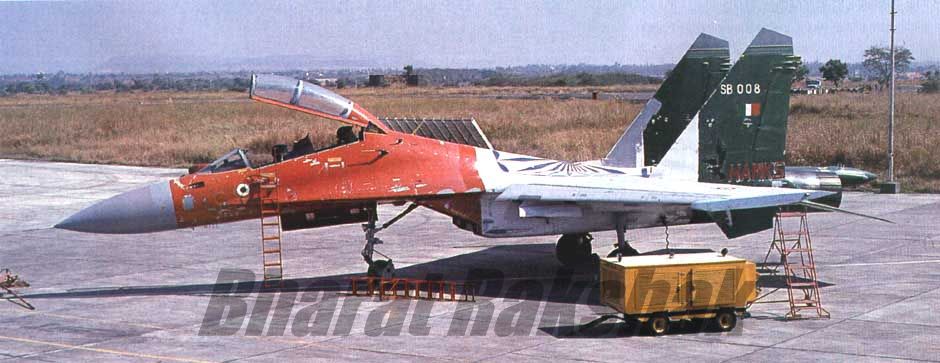

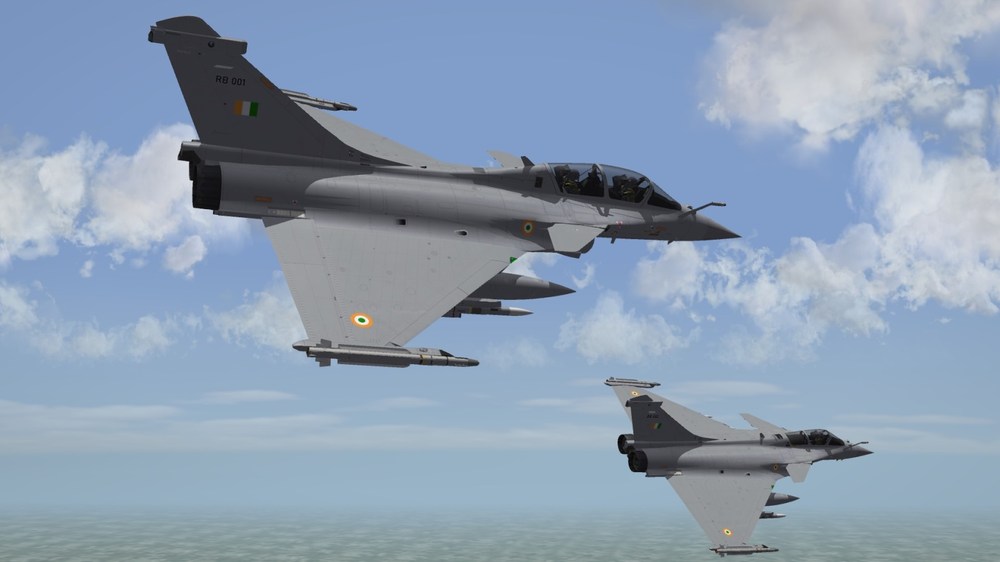
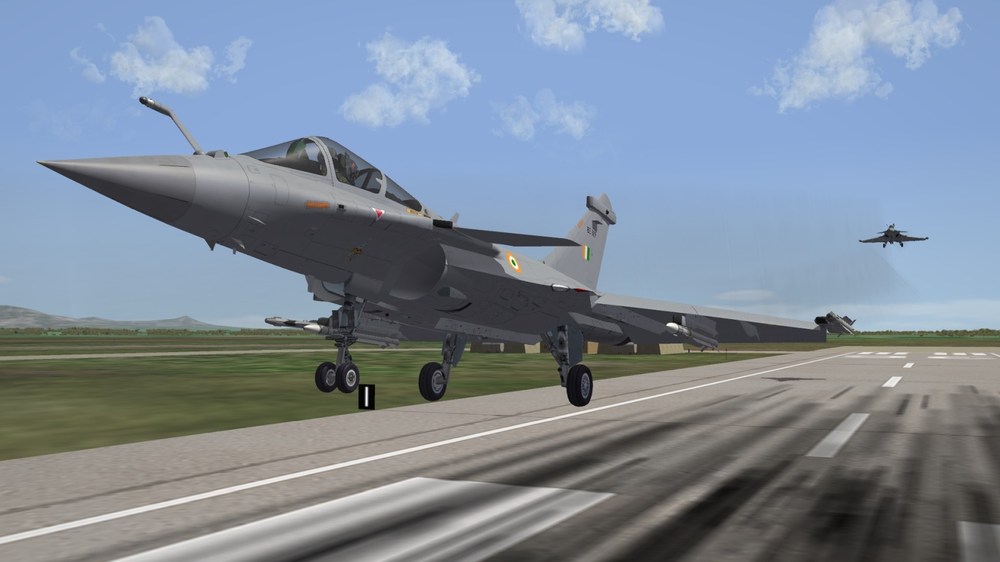
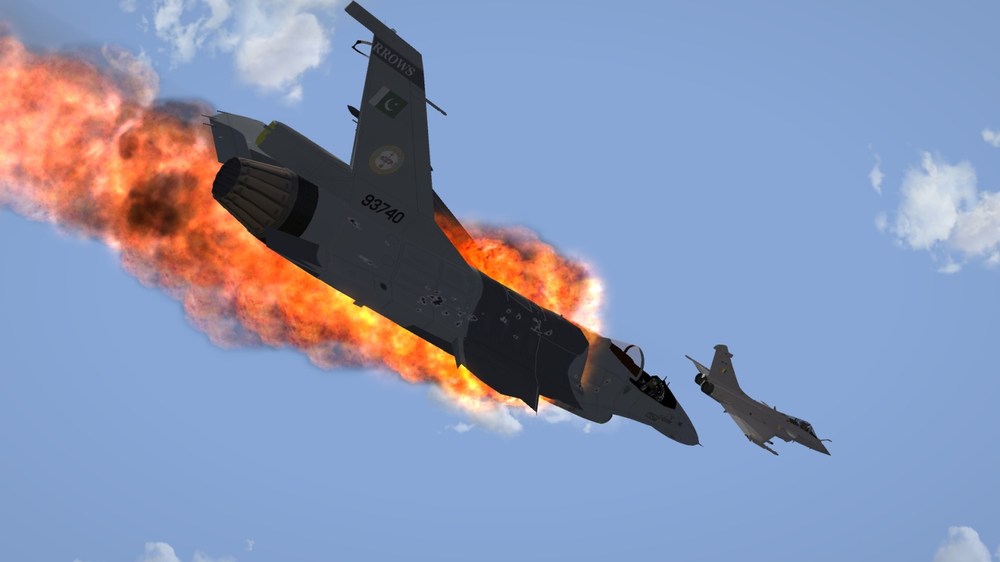
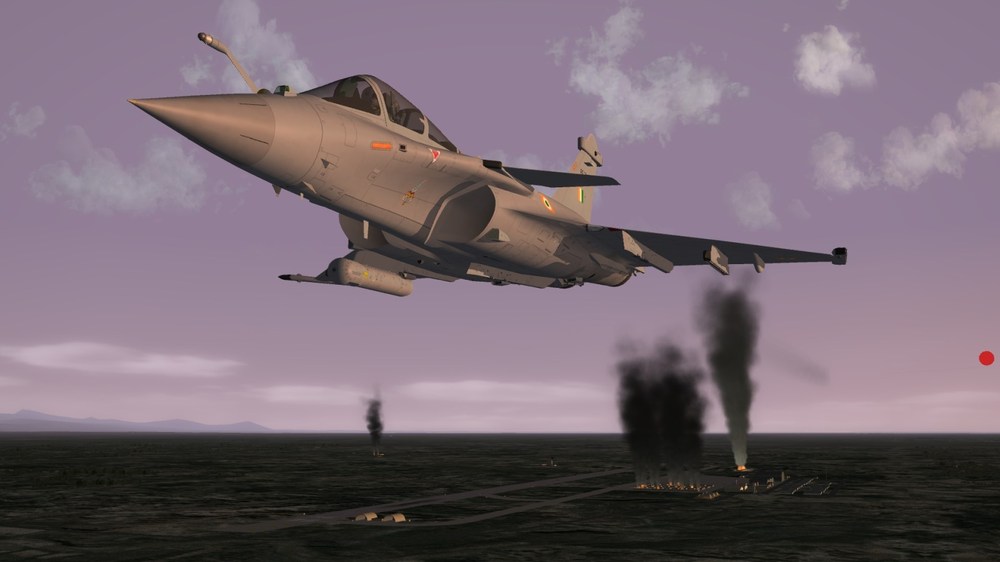
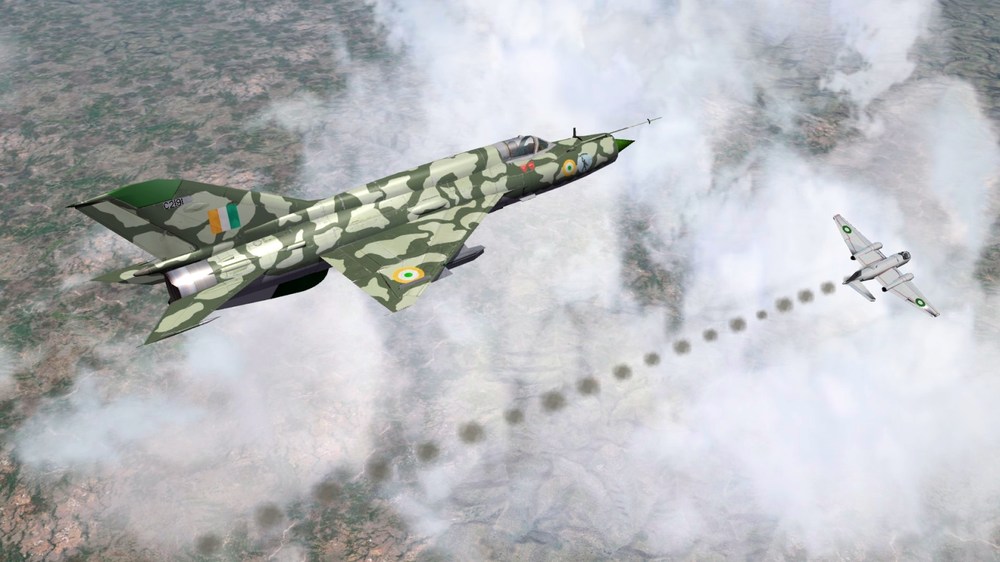
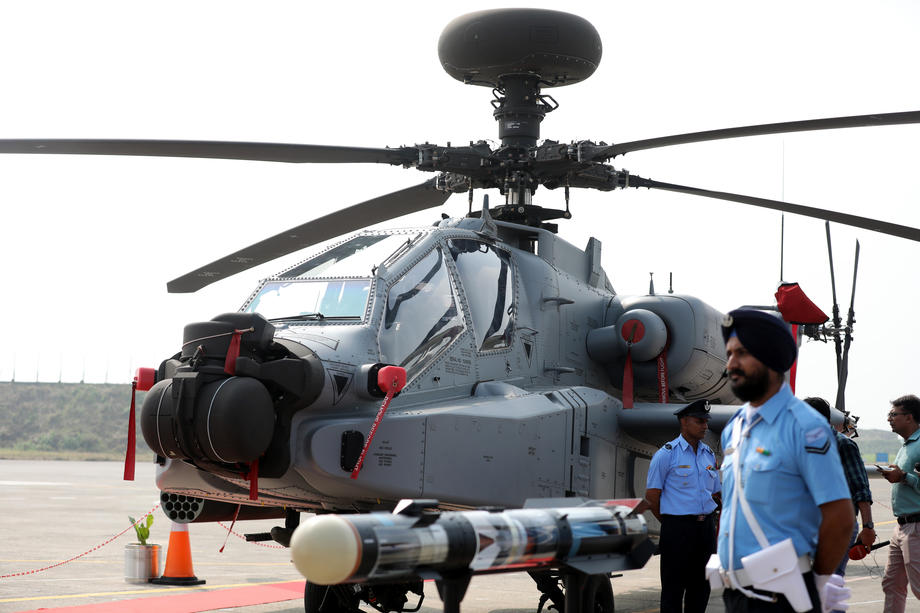

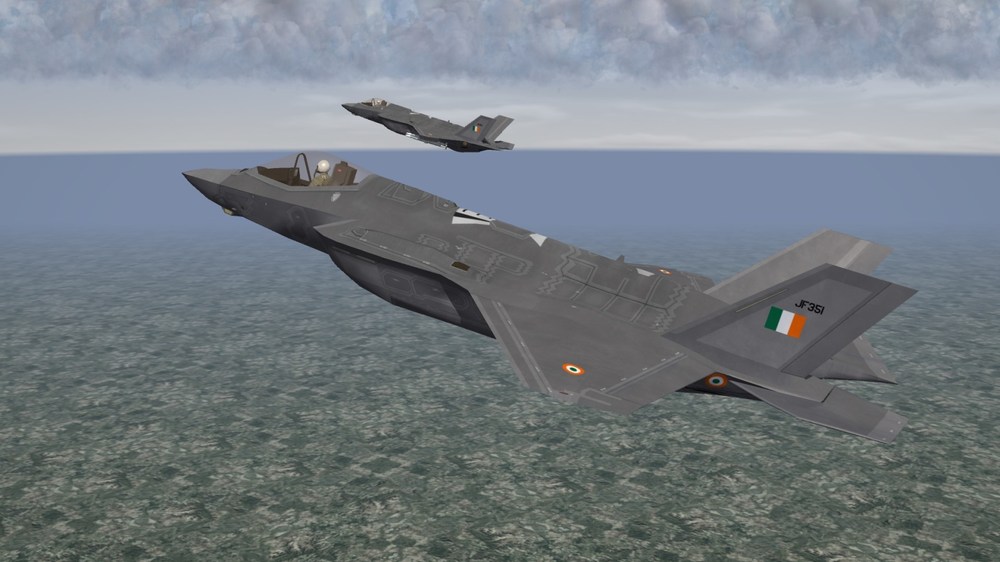

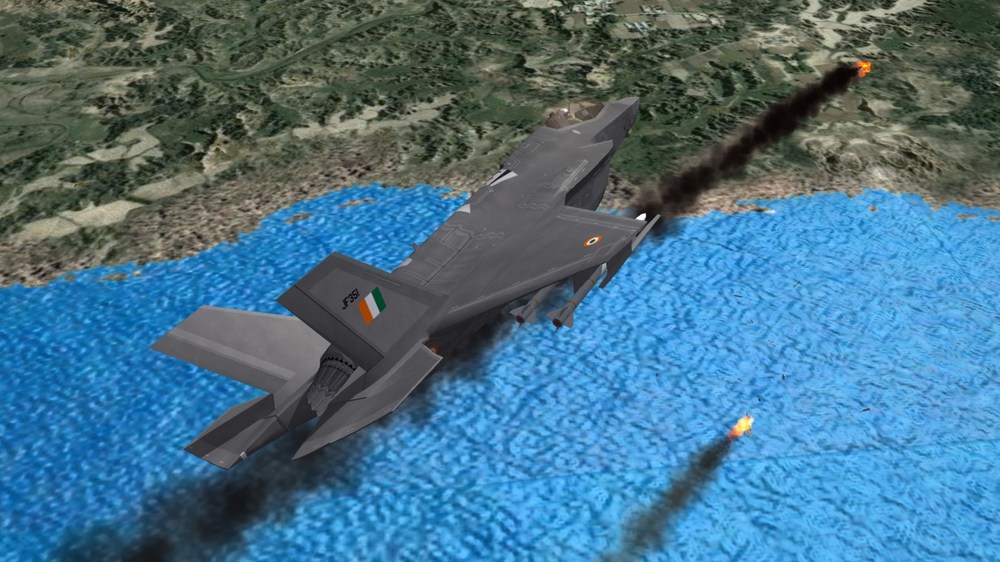
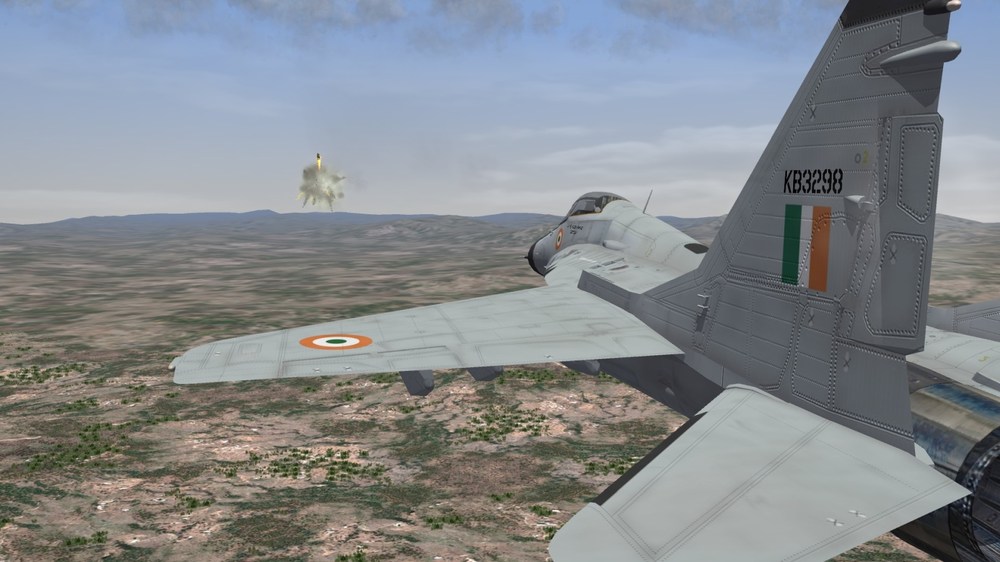

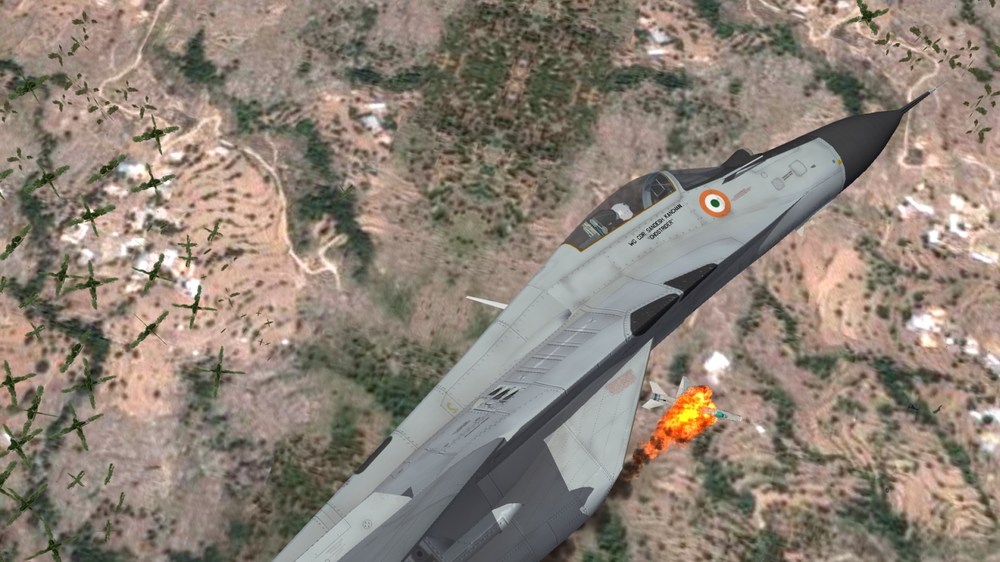

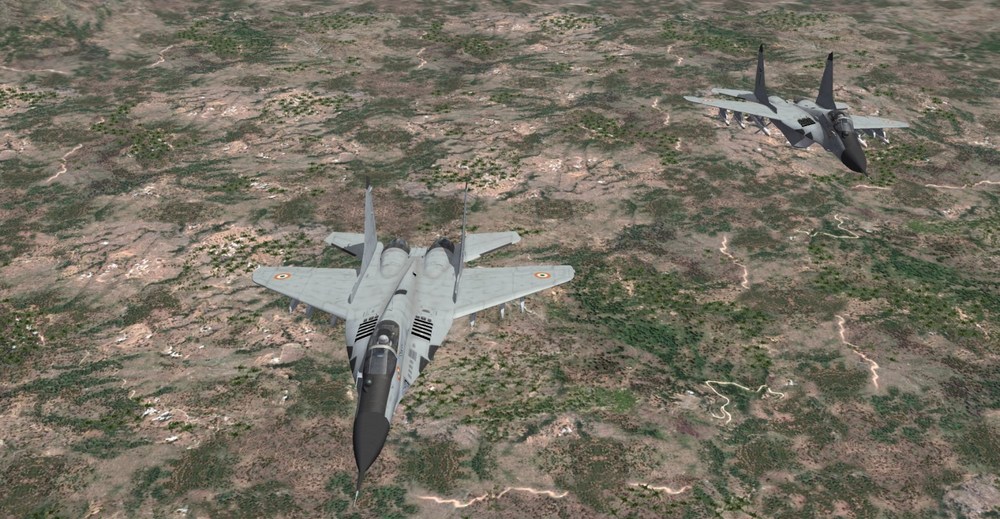

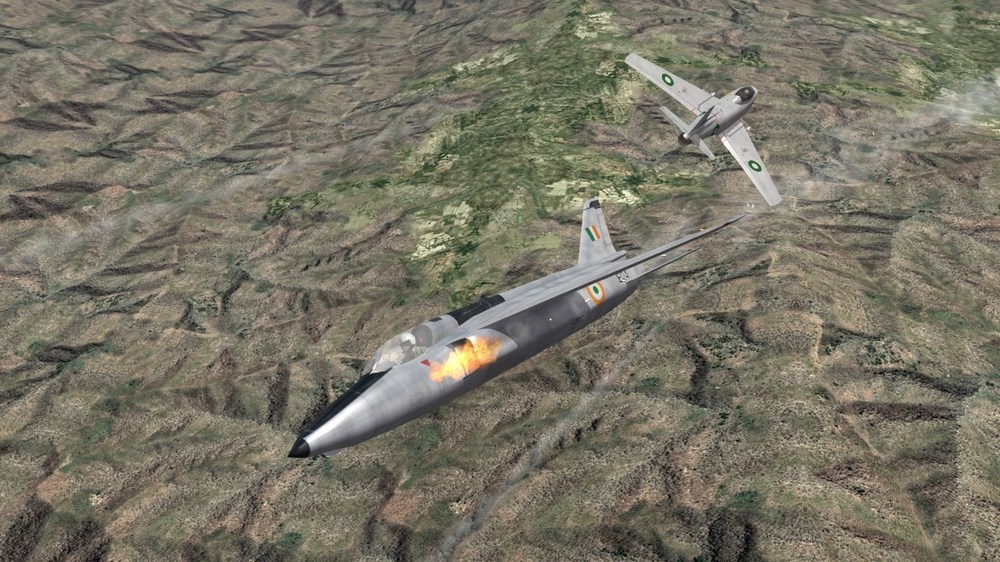
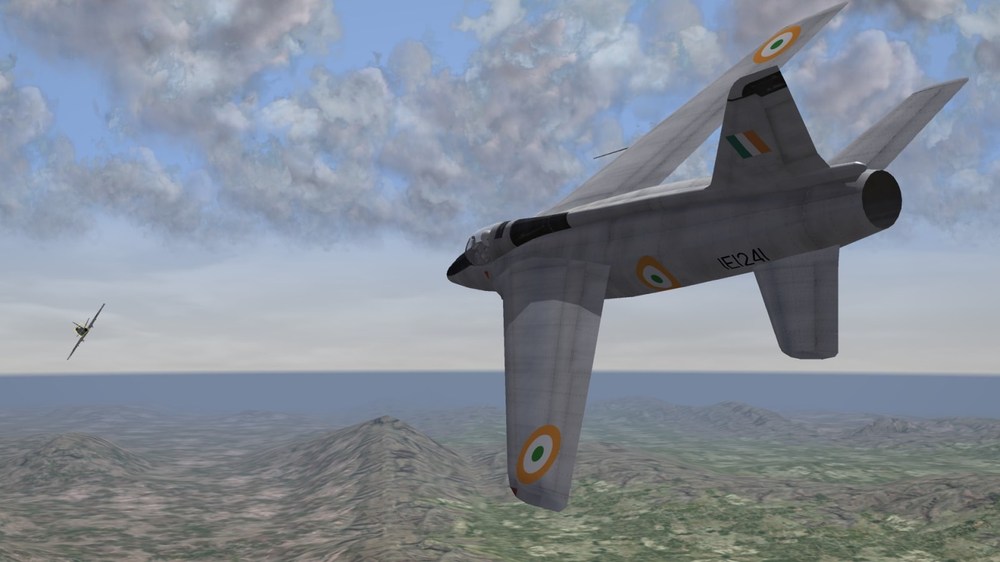

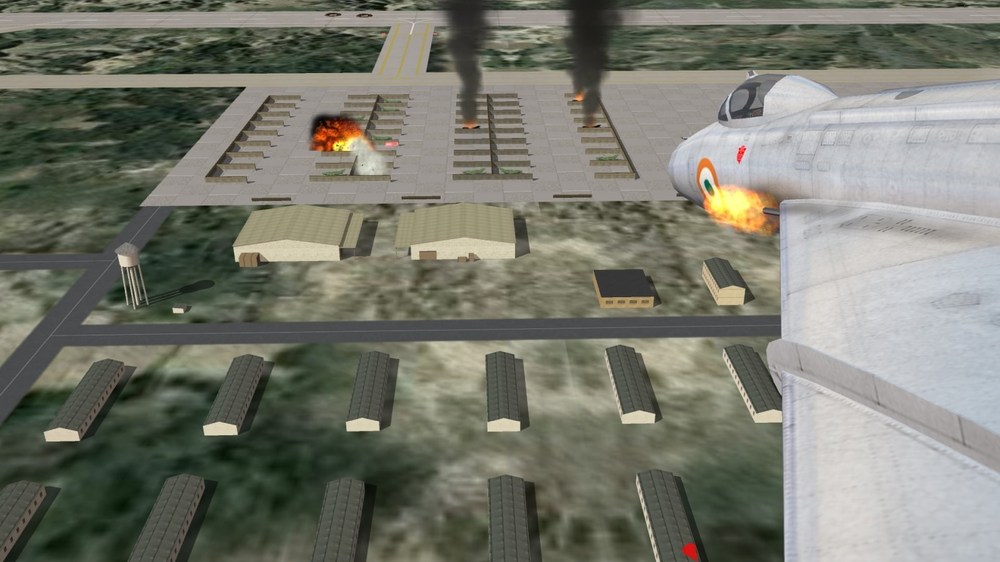




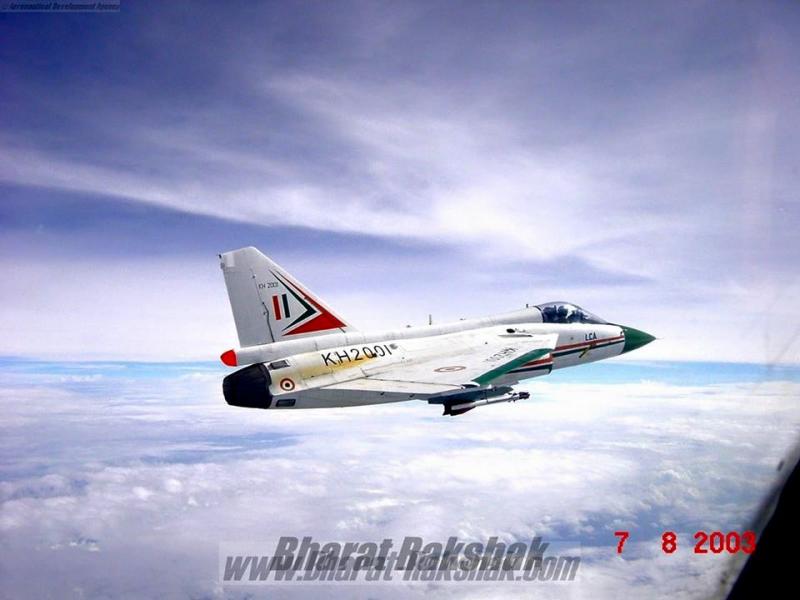


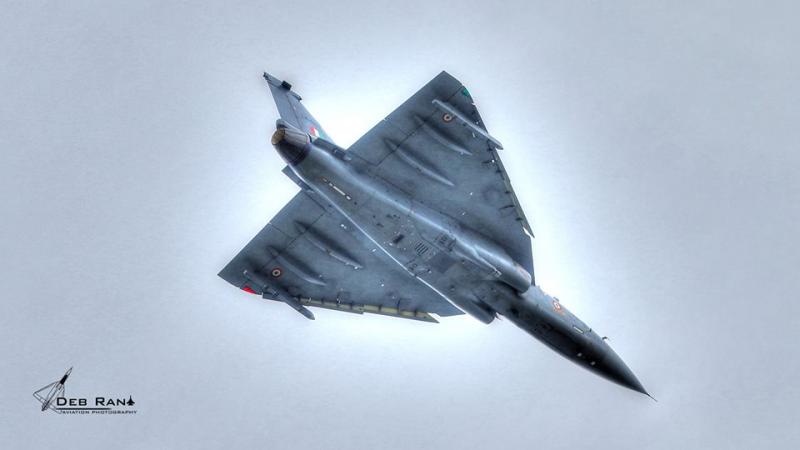
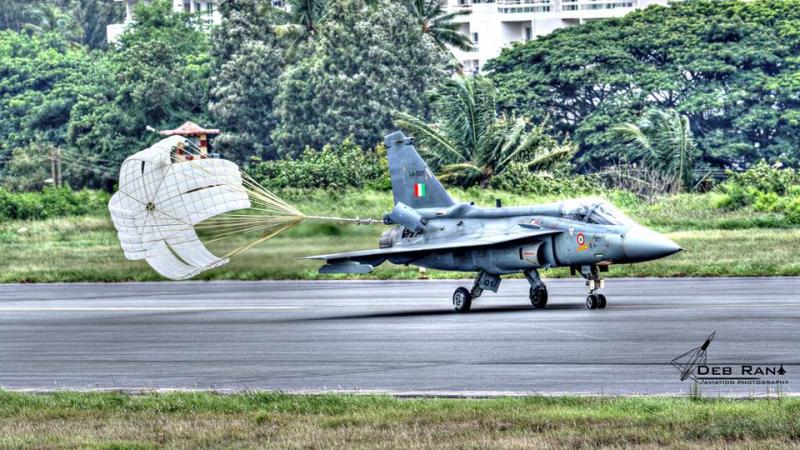
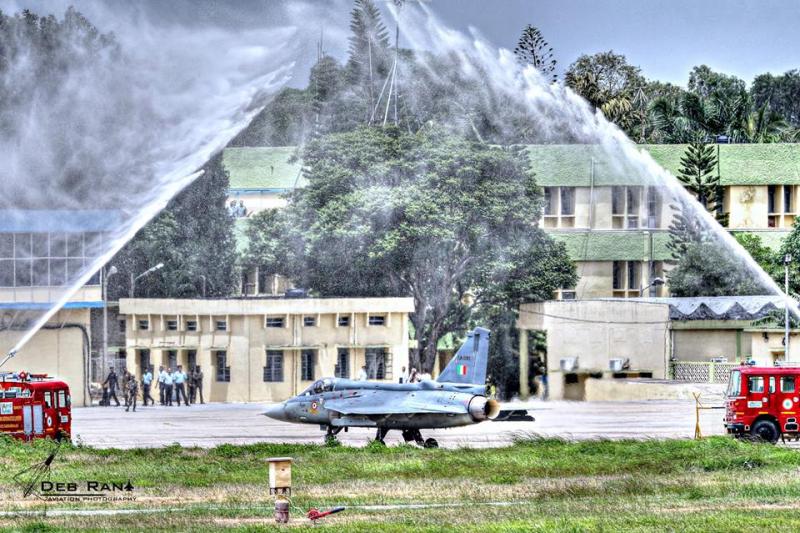
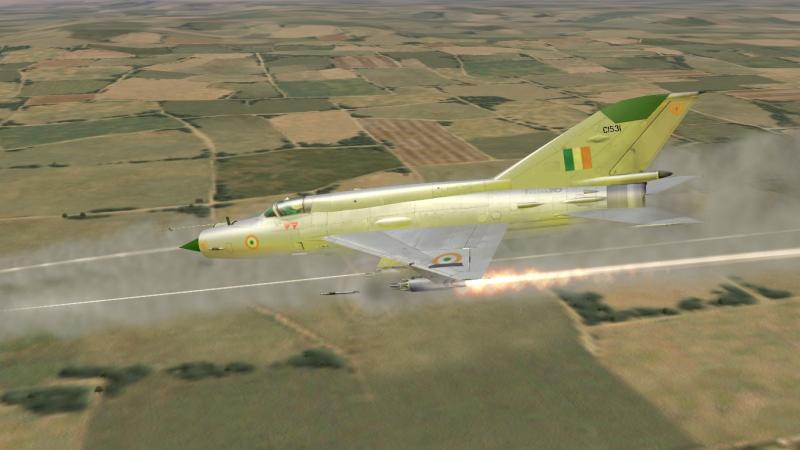

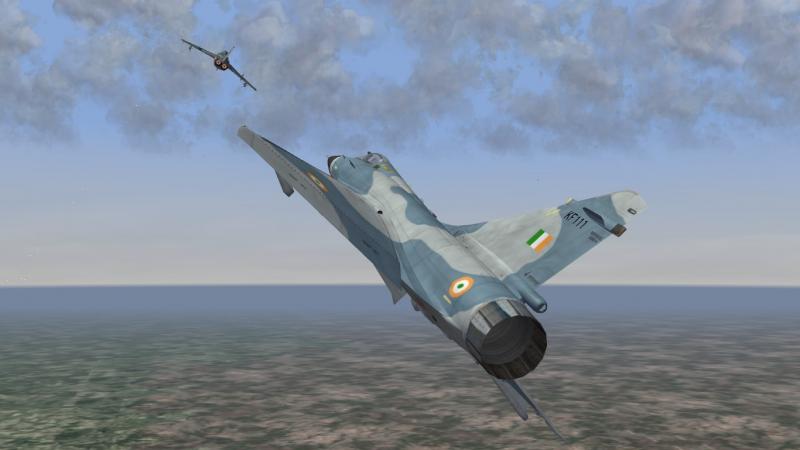

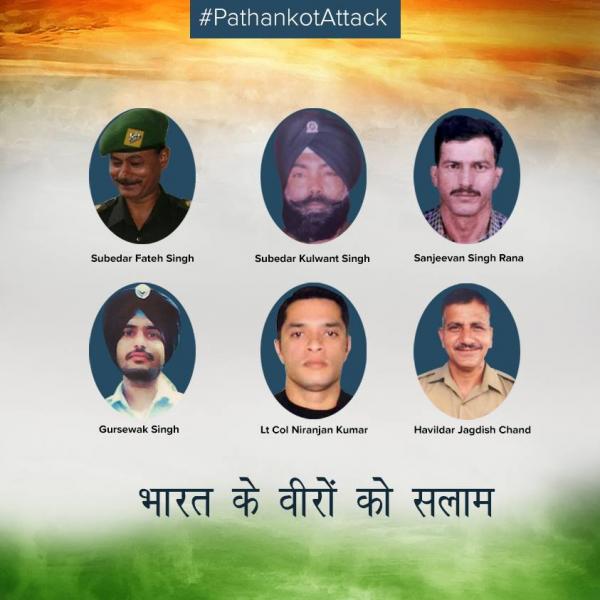

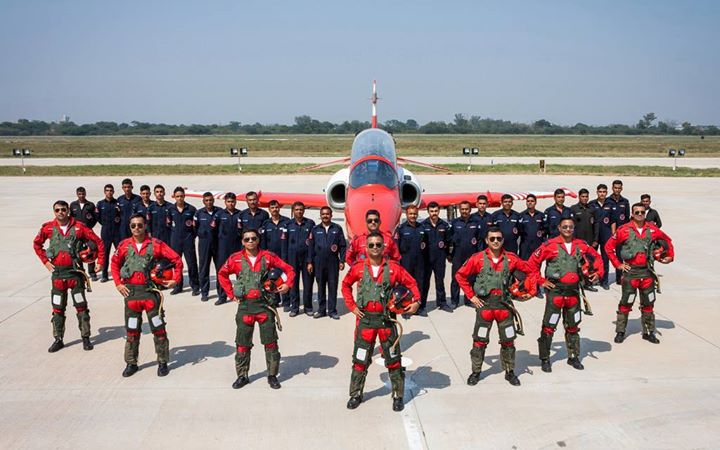


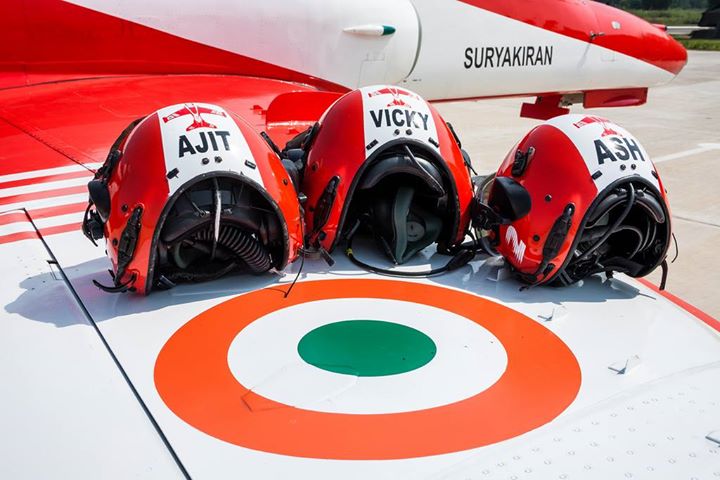
Strike Fighters 2 Screenshots Thread
in Thirdwire: Strike Fighters 2 Series - Screen Shots
Posted · Edited by ghostrider883
Sabre Kill
Farmer Hunt